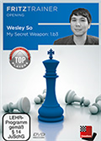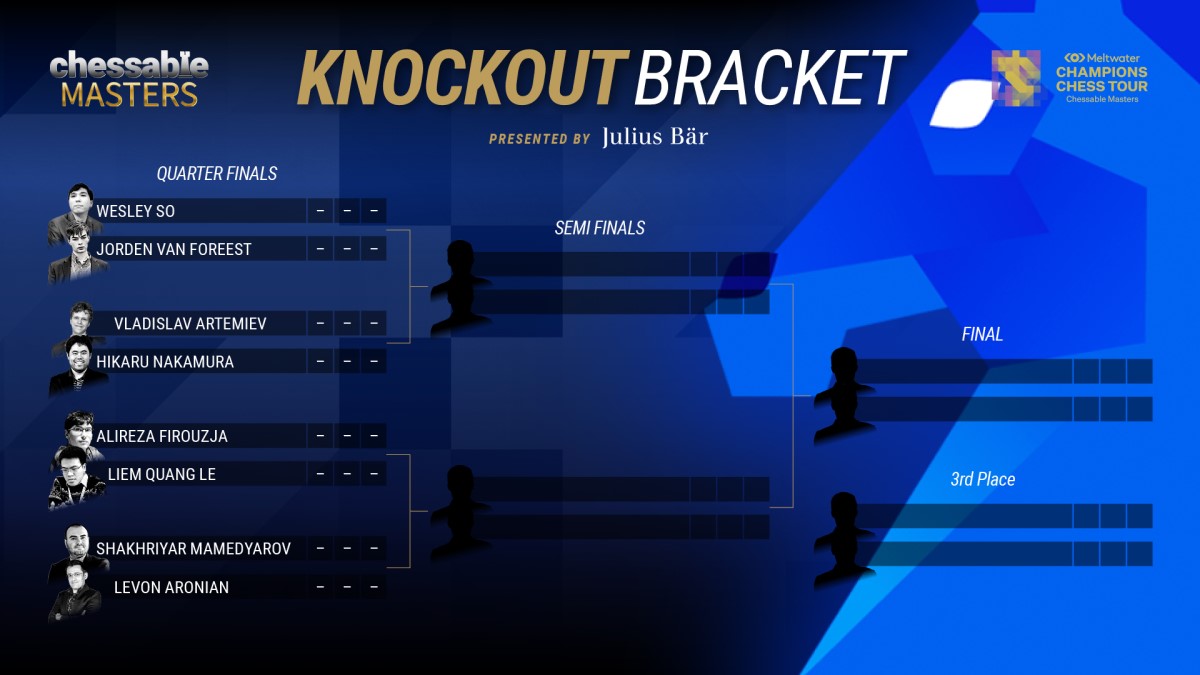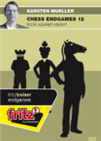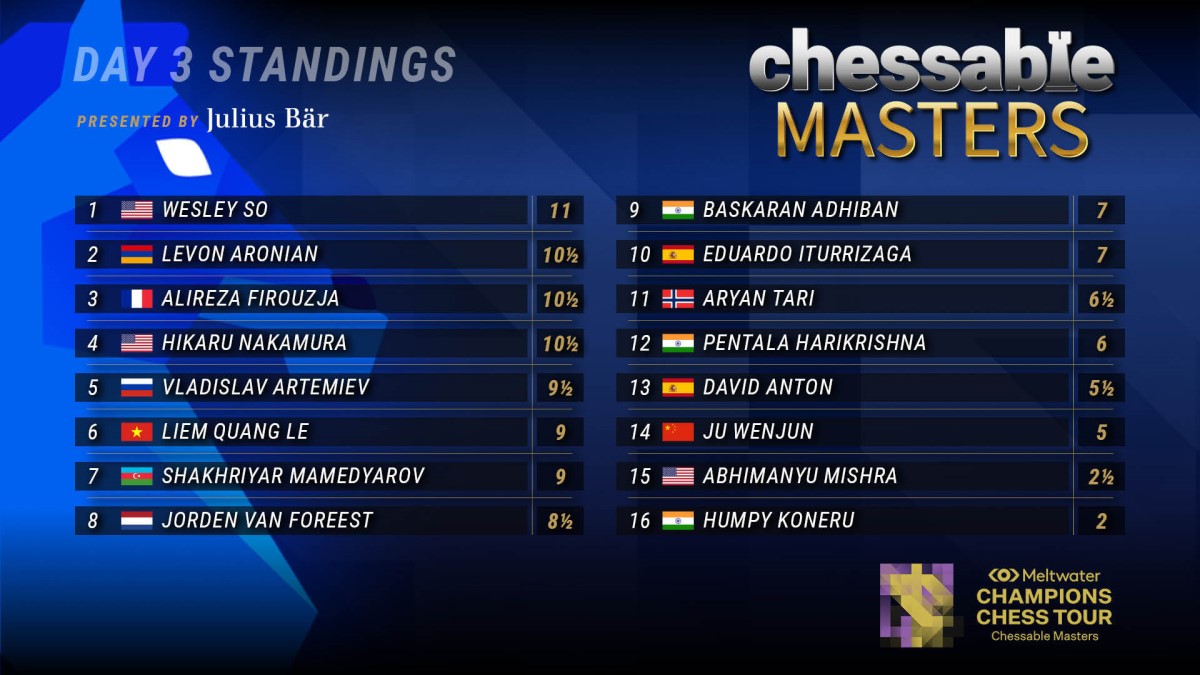Wesley So wins preliminaries
A mixed field of players at the Chessable Masters saw the highest-rated participants swiftly making it into the quarterfinals of the online event. Exactly half the players have a 2700+ rating, and only one of them was left out of contention in the preliminaries, as Jorden van Foreest (2688) went through while Pentala Harikrishna (2730) was eliminated.
 Meanwhile, 1.b3 has also found its way into the practice of today's world elite, and now finally a modern top ten player has taken on the subject for ChessBase: none other than Grandmaster Wesley So!
Meanwhile, 1.b3 has also found its way into the practice of today's world elite, and now finally a modern top ten player has taken on the subject for ChessBase: none other than Grandmaster Wesley So!On the third day of action, Hikaru Nakamura and Vladislav Artemiev had the strongest performances, each winning three games and drawing twice. Wesley So, who grabbed the sole lead in round 5, continued his good run and finished in sole first place with 11/15 points. Van Foreest will have the tough task of facing the Filipino-born star in the quarterfinals.
Meanwhile, 12-year-old grandmaster Abhimanyu Mishra got to score a full point in the penultimate round. The teenager from New Jersey defeated Harikrishna with the white pieces in a nervy encounter.

Click to enlarge
Nakamura’s streak
An excellent third day for Nakamura meant he finished only a half point behind So, with an undefeated 10½/15 score. The 5-time US champion obtained his three wins on Monday consecutively, beating Aryan Tari, Eduardo Iturrizaga and Ju Wenjun in rounds 12-14.
The American was actually on the back foot against Tari.
Both kings are looking vulnerable in the heavy-piece position, but Black is the one with the stronger threats. Here, Tari needed to find a sharp manoeuvre to increase his advantage — i.e. 33...Qg5+ 34.Kf1 Qb5+ 35.Kg1 and now 35...e5 since White cannot capture with 36.Rxe5 due to 36...Rc1+ 37.Kg2 Qf1#.
Instead, Tari went for an immediate 33...e5, except that now White does have 34.Rxe5, and after Rc1+ 35.Kg2 Rcc2 Nakamura showed the killer blow that justifies the whole line.
36.Rxh5 Qxh5 (...gxh5 fails to Qg7#) 37.Qh8+ Kg5 38.Rd5+ and Black is mated in two moves. Just transferring the queen to b5 in the first diagrammed position would have given Tari a remarkable win, but finding such nuances in a rapid game is never easy!
Knights in endgames: tricky and concrete
Endgame specialist Karsten Müller looked at two instances in which knights could have saved half points had they jumped to the right square in critical positions. First, Van Foreest needed to find the precise move so that his knight manages to stop a couple of connected passers.
 What is the best way to use your pieces to their full potential in the endgame? GM Karsten Mueller demonstrates "knight geometry", and teaches you how to employ the "knight check shadow" in your own games!
What is the best way to use your pieces to their full potential in the endgame? GM Karsten Mueller demonstrates "knight geometry", and teaches you how to employ the "knight check shadow" in your own games!
The Dutchman needed to start with 49...Kc7 here, and only after 50.g4 to play 50...Ne7 getting a drawn position with his versatile knight. The immediate 49...Ne7, on the other hand, lost him the game.
While Adhiban was on the winning side in the previous example, in this case he could not find the right scheme with his knight to save a draw against Levon Aronian.
White got a winning position after 39...Ne1+ 40.Ke2 Nc2 41.Kd2, as the knight will get completely cornered on a1. Instead, 39...Na1 at once would have prevented White from making progress. GM Müller explains.
Final standings - Preliminaries

Click to enlarge
All games
Links

























